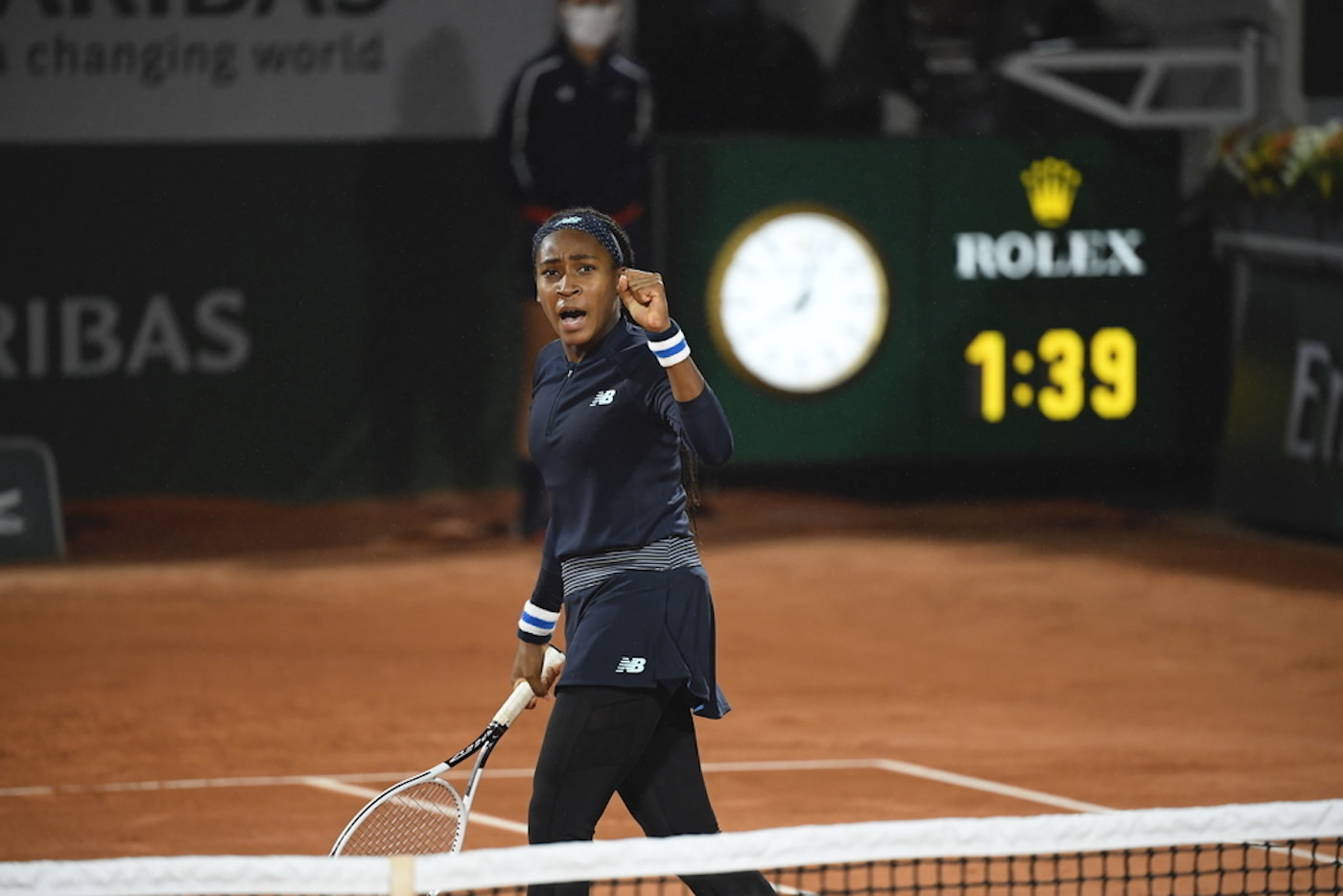RiverRat
Professional
I play on public courts and am often asked for advice. I try to prioritize suggestions, giving only one morsel at a time, just enough to chew but not choke. I'm also careful to never dole out advice I can't technically support. There's a young guy, a good athlete, whose serve I've observed. I have prioritized contact point and extension up through the ball for him because he hits down, like so many, but I've also noticed his weight shift forward comes after the toss, rather than with it. I want to tell him that he needs to shift forward with the toss because he loses the hip flexion as part of the coil. That may be true, but doesn't he gain a weight transfer into the ball? Do these net out (no pun intended)? I also wonder whether this issue with the late weight shift would complicate his toss and make it less consistent. Any insight others might share on this matter would be greatly appreciated.



